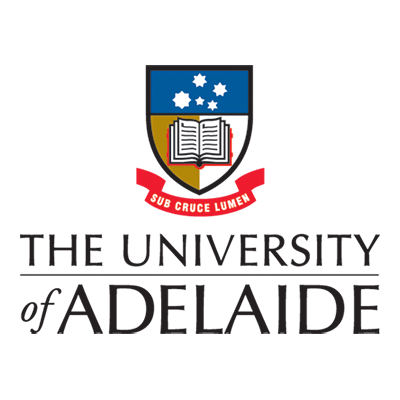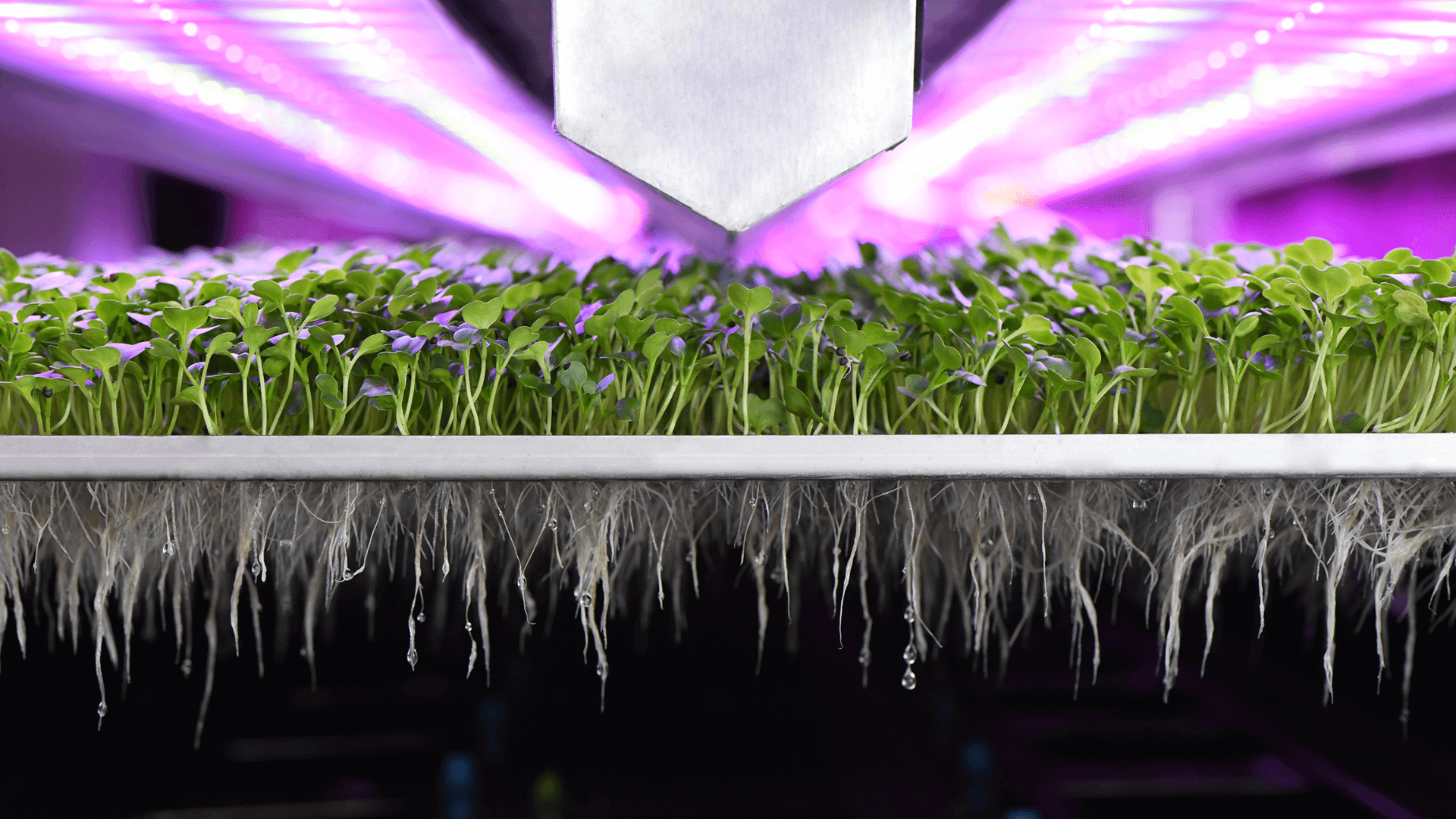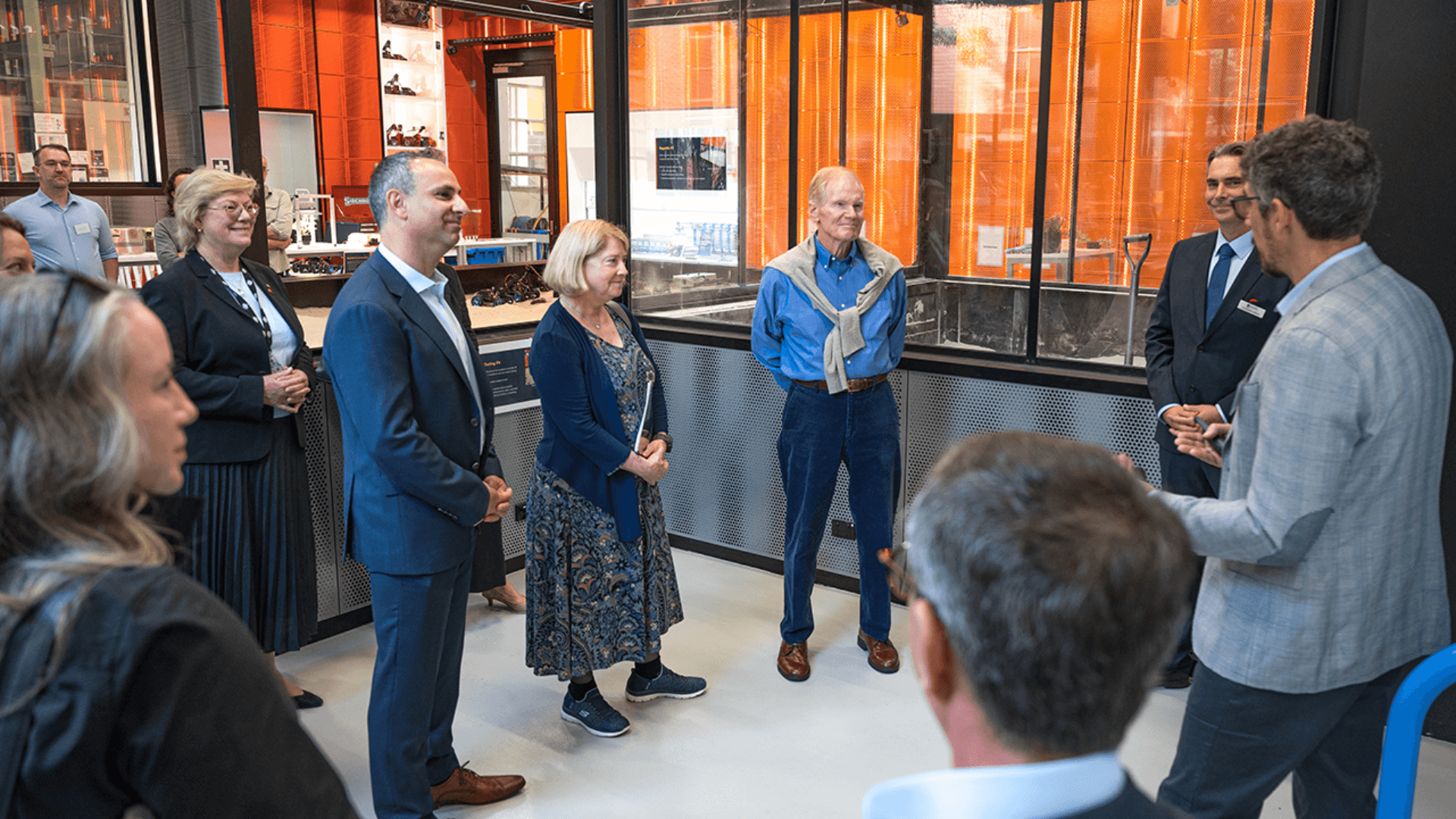Plants 4 Space benefits both on and off world

Sponsored by

Sponsored by

Artist's impression of a Mars living environment. Image: Bruce Moffett / University of Adelaide
As NASA seeks to maintain a permanent human presence on the moon, deep space exploration is taking a giant leap into the future.
The feasibility of deep space travel is complicated with many factors that are yet to be solved. How do you provide astronauts with sufficient and varied nutrition? If an emergency arises, how can you quickly provide the right medicines and materials when those in space are months away from home?
These questions force us to think differently about the sustainability challenges we face in food and biomaterial production here on Earth. Space imposes the constraints of a truly closed environment on our research and will push us to uncover novel solutions for sustainable agriculture.

Vertical Future Systems
But how feasible is growing plants in space? Agricultural experts at the University of Adelaide and their colleagues believe they have the capabilities to feed our astronauts.
Recently established with funding from the Australian government, the Australian Research Council (ARC) Centre for Excellence in Plants for Space (P4S), led by the University of Adelaide, will help to establish a long-term human presence in space while developing innovations with benefits on Earth.
“The mission of P4S is to re-imagine plant design and bioresource production, through the lens of space, to enable off-Earth habitation and to provide transformative solutions for on-Earth sustainability,” said the University of Adelaide’s Professor Matthew Gilliham, Director of the new Centre of Excellence.
“P4S research will create the flexible, plant-based solutions needed to support human physical and psychological well-being during deep space travel and settlement, and to feed the rapidly growing controlled environment agriculture and biomanufacturing industries here on the ground.”
P4S is a major global collaborative project partnering with 38 entities comprising academic institutions, private companies, government agencies, and technology partners that harness global fit-for-purpose capabilities not found elsewhere. These include NASA, the Australian Space Agency (ASA), the German Space Agency, the French National Institute for Agriculture, Food and the Environment, Jülich Research Centre, Swiss Federal Institute of Technology Zürich, the Universities of California, Cambridge, Wisconsin, Nottingham, and Arizona, Rice University, and four Australian university partners (Melbourne, La Trobe, Flinders, and Western Australia).
“Work undertaken by the Centre will also deliver an improvement in plant efficiency, productivity, and processing technologies here on Earth,” said Professor Gilliham.
P4S breakthroughs will offer new plant efficiency solutions for challenging Earth environments, - for example low-water, high-saline agriculture, and low-input productivity options for food processing, storage, and distribution. Intensive, but sustainable, CEA (Controlled Environment Agriculture) production of plant-based foods can also reduce agriculture’s carbon footprint when linked to renewable power. In the Centre will also create IP, commercial and collaborative opportunities, and workforce skills to boost sustainable food and bioresource production.
NASA Administrator Senator Bill Nelson visited the University of Adelaide in March where he learnt more about P4S and its areas of expertise in plant, food and nutrition science, psychology, process and systems engineering, law, and education and outreach. NASA and P4S will partner to develop nutrition solutions and on-demand bioproduction (including medicine and plastics) technologies needed in deep space to break dependence upon resupply from Earth. These activities will also feed the rapidly growing biomanufacturing industry on Earth with more sustainable and scalable practices and inspire STEM professionals for decades to come.

NASA Administrator Senator Bill Nelson visits the Andy Thomas Centre for Space Resources’ Exterres Lab at the University of Adelaide. Image: Isaac Freeman/The University of Adelaide.
The University of Adelaide is also tackling many aspects of resource utilisation at the Andy Thomas Centre for Space Resources — named after the first Australian to fly in space as a professional NASA astronaut and University alumnus. This Centre focuses the University’s research strengths in exploration, mining, manufacturing, and engineering to address the challenges faced by long term planetary exploration. To do so, multiple globally unique laboratory facilities have been constructed that can simulate both the lunar and Martian surface environments, from initial small-scale investigations on the North Terrace campus, to a full-scale rover yard to be completed later this year at the Roseworthy campus.
The work of the Centre includes designing space technology such as rovers to withstand razor-sharp regolith and using lunar dust as the base material for bricks to build permanent dwellings on the Moon. This work is attracting attention from other institutions around the world, including the University of Tokyo and the TeNQ Space Museum in Japan, who are building connections with their Australian counterparts.
Head of the Australian Space Agency, Mr Enrico Palermo, said: "As humankind looks to return to the Moon, this time we do it with the view to establishing a sustainable presence that will allow us to explore further than ever before.
“There are many challenges associated with ensuring humans can live sustainably on the Moon. P4S is just one way in which Australia can contribute to making this happen as part of our commitment to the Artemis Accords.
“We're excited about the possibilities this brings and the opportunities it creates for our growing space sector.”